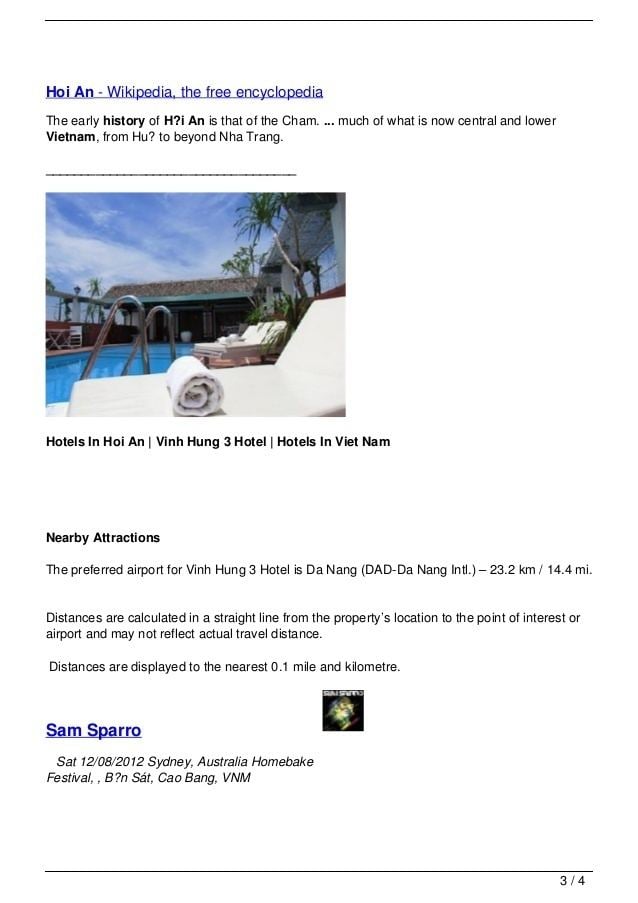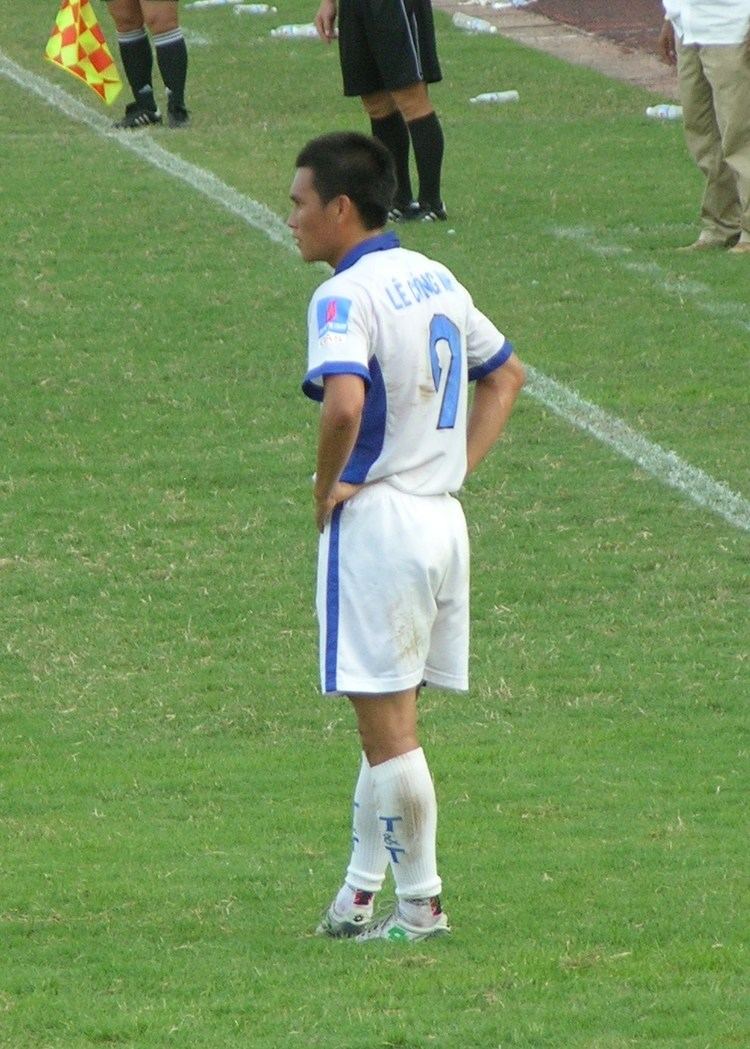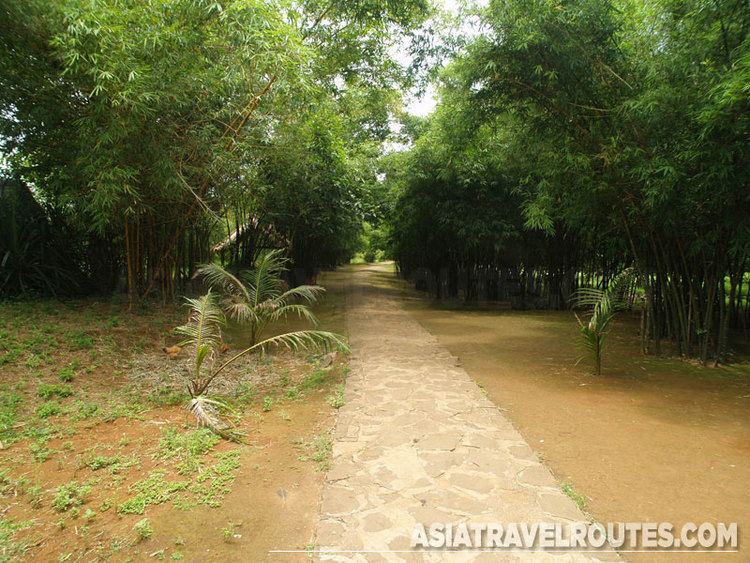Country Area 105 km2 | Population 303,714 | |
Colleges and Universities Vinh University, Vinh Medical University | ||
Vinh ( listen) is a city in Vietnam. It is located in the northern half of the country, and is the capital of Nghe An Province. Politically, Vinh is a municipality within Nghe An Province. On September 5, 2008, it was upgraded from Grade-II city to Grade-I city, the fifth Grade-I city of Vietnam after Hai Phong, Da Nang, Can Tho and Hue. It is the important city in the North Central Coastal region.
Contents
- Map of Vinh
- Pxn travel vietnam tourist 2015 the floating market cai be vinh long
- History
- Tourism
- References
Map of Vinh
Pxn travel vietnam tourist 2015 the floating market cai be vinh long
History

Vinh was originally known as Ke Van. Later, this successively became Ke Vinh, Vinh Giang, Vinh Doanh, and then Vinh Thi. Eventually, in 1789, the official name became simply Vinh, probably under European influence. The name has remained the same ever since. At various times, Vinh has been of considerable military and political significance. The Vietnamese nation began in the north, and only gradually expanded to cover its current territories – as such, Vinh was sometimes seen as a "gateway to the south". The Tay Son dynasty (1788–1802) is believed to have considered Vinh as a possible capital of Vietnam, but the short duration of the dynasty meant that any plans did not come to fruition. Tay Son interest in the city did, however, result in considerable construction and development there. Under French rule of Vietnam, Vinh was further developed as an industrial centre, and became well known for its factories.

The city of Vinh was once the site of a number of significant historic sites, particularly an ancient citadel. Over the years, however, Vinh has been extensively damaged in a number of wars. In the 1950s, fighting between the French colonial powers and the Viet Minh resistance forces destroyed much of the city, and further damage was done by United States bombing in the Vietnam War. As such, little of the original city remains today. The reconstruction of Vinh borrowed heavily on Soviet and East German ideas about town planning – the city is noted for its wide streets and its rows of concrete apartment blocks.
Historically, Vinh and its surrounding areas have often been important centres of rebellion and revolutionary activity. In the 19th century and the early 20th century, the city was the centre of several prominent uprisings against the French. In addition, a number of notable revolutionary figures were born in or near the city of Vinh, including Nguyen Du, Phan Boi Chau, Tran Trong Kim, Nguyen Thi Minh Khai, and Ho Chi Minh himself. Ho Chi Minhs birthplace, some 14 kilometres to the west of Vinh, is a significant tourist attraction.
Tourism

Cua Lo beach is at East 15 km from centre of city, it is one of the most beautiful beach in Viet Nam. In there, tourists are ensured to get a full look at beauty of the most outstanding landscapes, enjoy the fresh seafood dishes and observe the peaceful but dynamic life. Tourists can visit Hon Ngu island, the island is 4 km offshore. It consists of 2 islands: the larger stands at 133 m above sea level and the smaller at 88 m.
